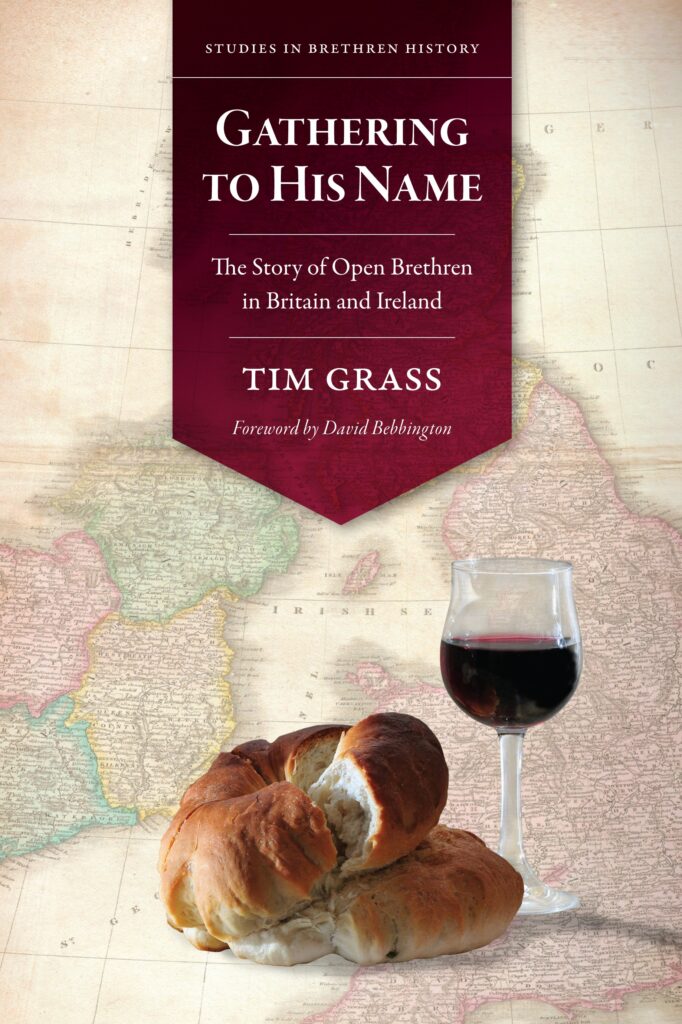
Gathering to His Name: The Story of the Open Brethren in Britain and Ireland
The definitive study of the Brethren movement in Britain and Ireland from its beginnings in the 1820s to the present day, with a primary focus on those gatherings known as Open Brethren. The overall aim is to provide a readable narrative of the movement's development and distinctive ethos. The work explores where, when, how, and why assemblies grew and declined, and charts the development of a range of associated institutions. Although the main focus of the study is the Open Brethren, there is also material on the other streams of Brethren. This book is indispensable for anyone wanting to understand the history of the Brethren.
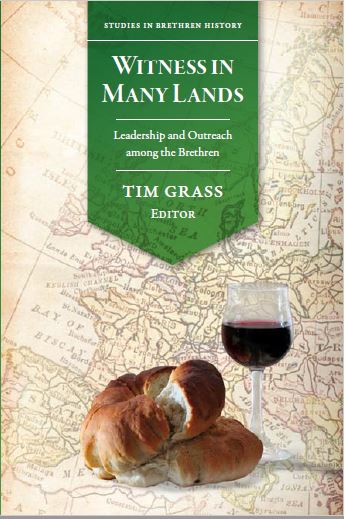
Witness in Many Lands: Leadership and Outreach among the Brethren
There is recognition that the middle and recent years of the movement are at least as interesting as its origins. Many of the contributions to this volume reflect this welcome development. The influence of Brethren on Evangelicalism has been significant through their ecclesiology, their distinctive eschatological interpretations, their principle that Christian workers can and should ‘live by faith’, and the significant influence that individuals nurtured in the Brethren have had in other groupings and in parachurch bodies. These are among the themes explored in this volume of papers, They include a number on aspects of the history of the Brethren in Germany, a subject little known outside that country.

Culture, Spirituality, and the Brethren
‘It is impossible to understand the patterns of theological and ecclesiastical change without attention to the cultural context’, writes Professor David Bebbington in this book. The Brethren movement has often been associated with a hostile attitude to culture, but the chapters in this book also show that statements about the relationship of the movement to culture must be more finely nuanced. The second part of the book takes up this theme and offers pioneering studies of hymns and hymn books, individuals such as George Müller and Robert Rendall, and how the tensions of the mid-twentieth century affected spirituality.
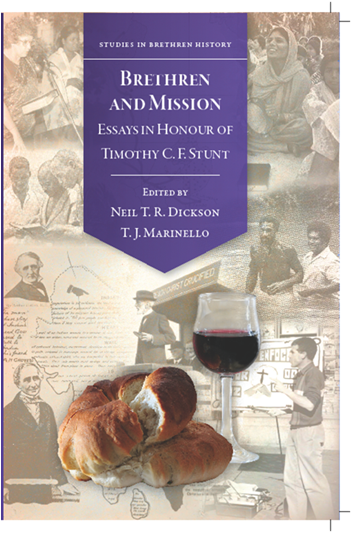
Brethren and Mission: Essays in Honour of Timothy C. F. Stunt
Chapters in this book discuss the work and thought of its pioneer missionary, Anthony Norris Groves, as well as other aspects of missiology important for Brethren mission. Other essays move throughout the world’s continents and trace aspects of the history of Brethren mission. They deal with themes that have come to prominence in recent writing on mission, such as the role of female missionaries, issues of enculturation, and the tensions that can arise between foreign missionaries and indigenous Christians. The essays give a sense of the strengths and difficulties in the Brethren encounter with peoples, countries, and cultures.
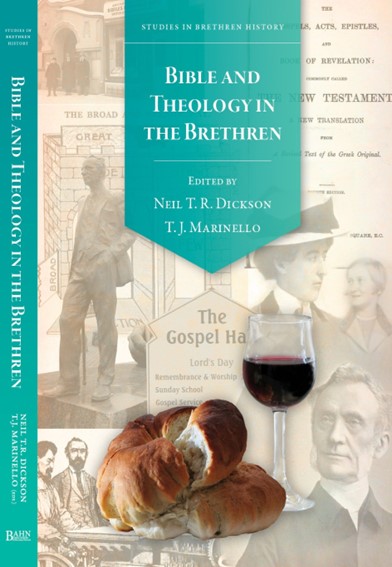
Bible and Theology in the Brethren
The papers collected in this book of essays are an introduction to some of the ways in which Bible and theology have been understood and used within the Brethren movement. The heart of the book is a series of chapters on individuals such as S. P. Tregelles, George Müller, William Kelly, F. F. Bruce, and Victor Danielsen. Other chapters examine, among other things, the Bible in evangelism, attitudes to systematic theology, women’s roles and dress, twentieth-century biblical scholars, and controversy over the Eternal Sonship of Christ.

The Brethren and the Church
Prominent in any study of the Church and the Brethren movement has been the story of the search for primitive biblical practice that led some to insist that they had discovered the one pure model. The first section of this book examines influential individuals such as J. N. Darby and George Müller, while the second treats the variety of views of the church found within the movement. A final section examines such practices as the weekly Lord’s supper, the appointment of elders, household baptism, and preaching.
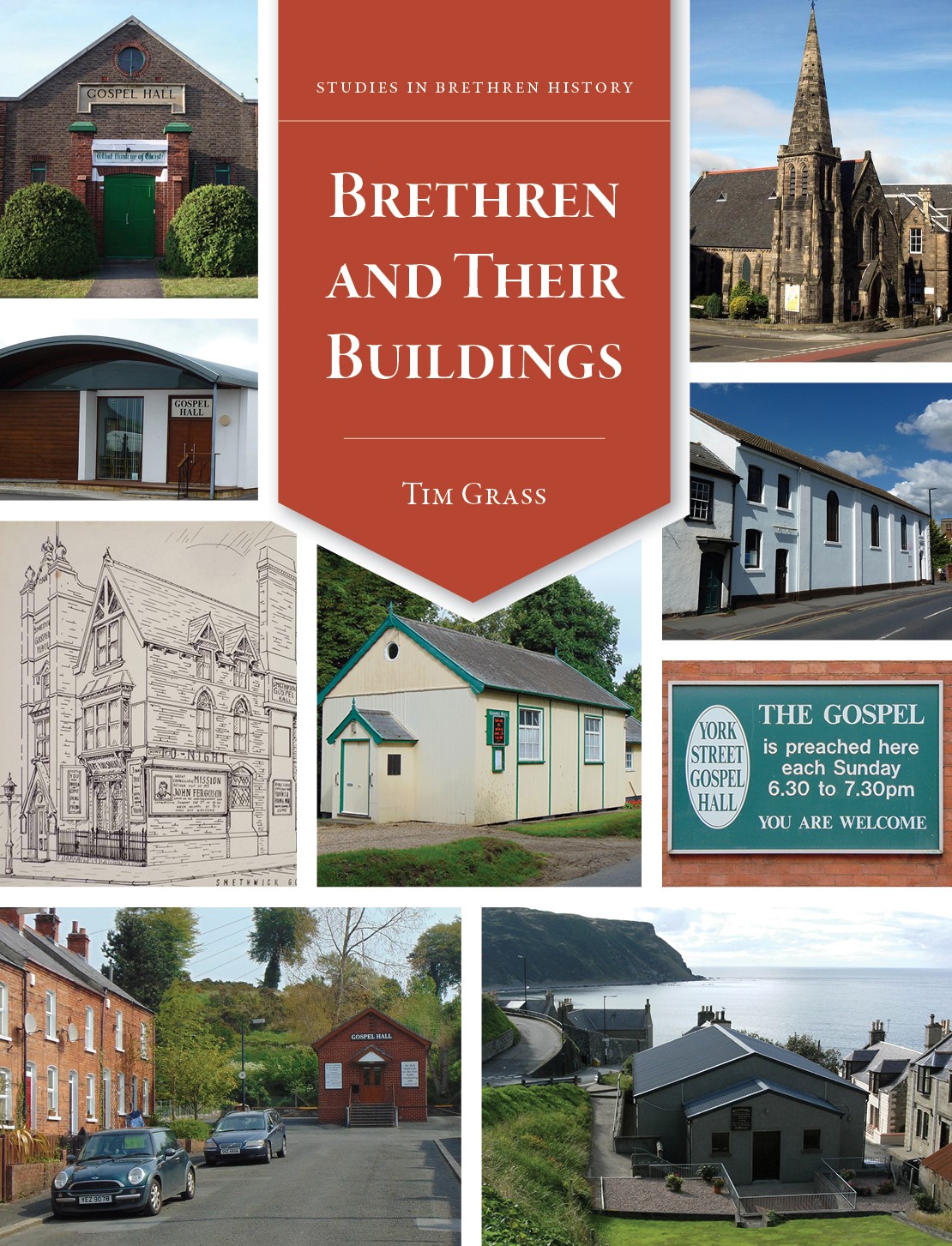
Brethren and Their Buildings
Brethren and Their Buildings is a photographic record of the structures used by all sections of the Brethren movement in the United Kingdom and Ireland. Containing almost 300 full-colour photographs, it explains the buildings and the principles that lay behind their erection and ownership, and introduces readers to the history of the movement as well as many individual assemblies and their buildings. A beautiful publication to have in its own right, the book would also would make a welcome gift to anyone interested in the movement or in the architecture of Nonconformist buildings.
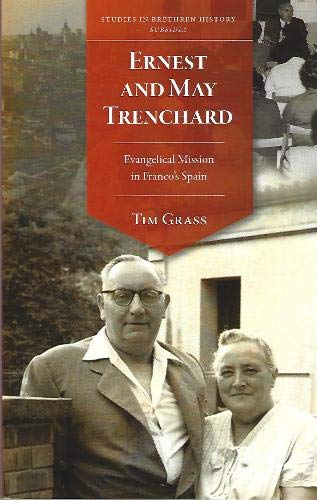
Ernest and May Trenchard
The British Brethren missionaries Ernest and May Trenchard devoted their lives to serving the Church in Spain, planting congregations and forming leaders at a time when much activity in evangelism, teaching, and publishing had to be undertaken clandestinely. Such service came at significant personal cost, and this book explores what it meant to minister in such a context. At a period when it was claimed that Protestantism was merely a foreign import, the Trenchards sought to immerse themselves in local culture so that Brethren congregations would emerge whose ethos was genuinely Spanish.
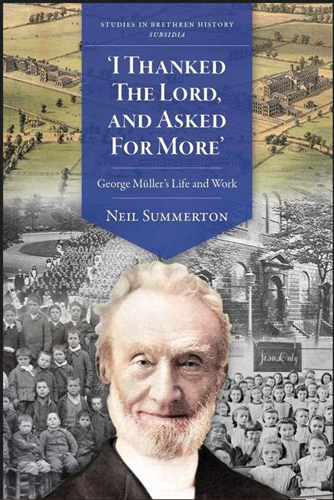
George Muller's Life and Work
Müller is famous for his faith in God’s provision for orphans, but there was so much more to Müller than this. He pastored Bethesda Chapel in Bristol, sponsored home and foreign mission through his Scripture Knowledge Institution, supported schools in Bristol and throughout Britain and elsewhere, embarked on worldwide preaching tours, and decisively shaped the identity of the Brethren movement. Neil Summerton objectively explains all these aspects of Müller’s life and work, aided by many specially produced charts and tables.
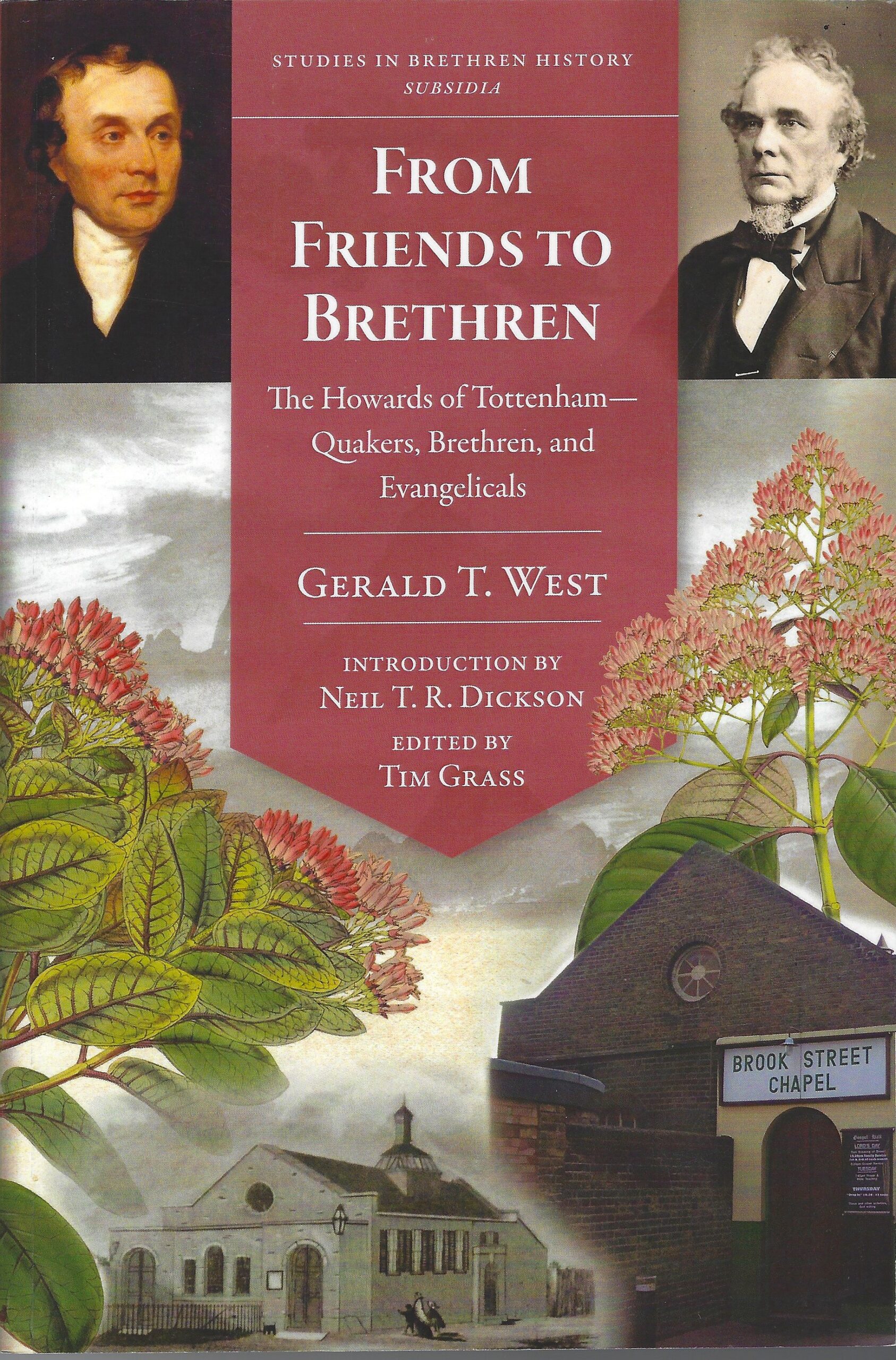
From Friends to Brethren
This study of the Howard family of Tottenham and Ackworth offers an illuminating perspective on how particular religious convictions, once adopted by some family members, can spread throughout, and bind, the kinship group. The Howards were longstanding Quakers and were at the leading edge of science in their day. The narrative, grounded in extensive research, focuses on key members of the family as they made their transition from Quaker commitment in the eighteenth century to the Brethren in the 1830s and 1840s. It sheds light on the development of evangelicalism in the nineteenth century, as refracted through the lens of this branch of the Howard family.
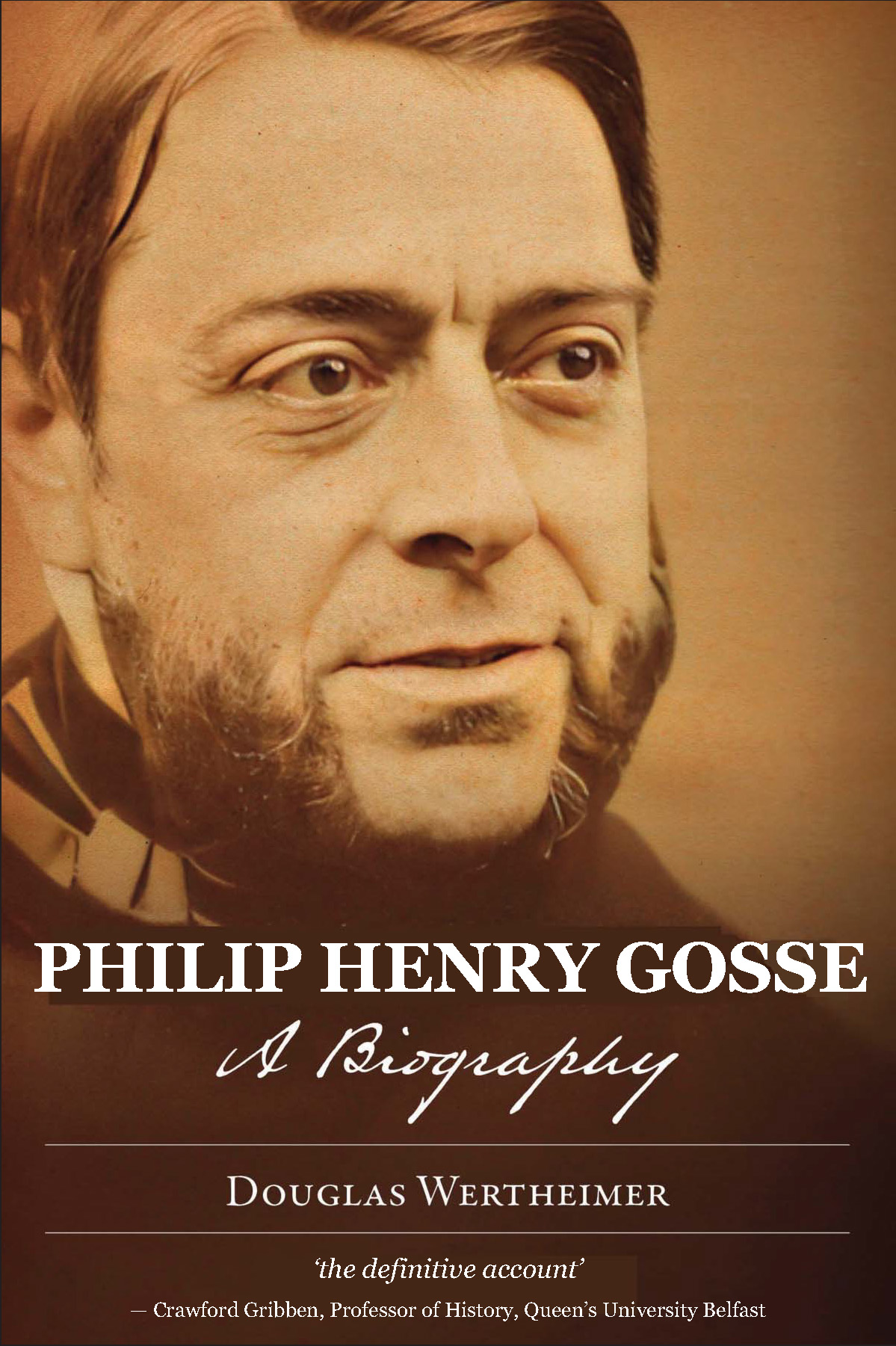
Philip Henry Gosse: A Biography
In this bold, transformative biography of a remarkable Victorian naturalist and leading figure among evangelical Christians known as Brethren, P. H. Gosse is finally freed from the inaccurate image of him presented by his son, Edmund Gosse, and others. As a naturalist, Gosse was a pioneer, innovator, and entrepreneur who was renowned as an observer, writer, populariser, lecturer and illustrator. At the same time, with ‘tongue and pen’ Gosse promoted the Brethren outlook, helping to spread the movement across the world and leading an assembly in England. This wide-ranging biography includes a full account of Gosse’s relationship with his wife, Emily (one of the foremost female religious tract writers of her time), and their son, Edmund (the man of letters).

Witness in Many Lands: Leardership and Growth Among the Brethren
There is recognition that the middle and recently ears of the movement are at least as interesting as its origins. Many of the contributions to this volume reflect this welcome development. The influence of Brethren on Evangelicalism has been significant through their ecclesiology, their distinctive eschatological interpretations, their principle that Christian workers can and should ‘live by faith’, and the significant influence that individuals nurtured in the Brethren have had in other groupings and in parachurch bodies. These are among the themes explored in this volume of papers, They include a number on aspects of the history of the Brethren in Germany, a subject little known outside that country.

Culture, Spirituality, and the Brethren
‘It is impossible to understand the patterns of theological and ecclesiastical change without attention to the cultural context’, writes Professor David Bebbington in this book. The Brethren movement has often been associated with a hostile attitude to culture, but the chapters in this book also show that statements about the relationship of the movement to culture must be more finely nuanced. The second part of the book takes up this theme and offers pioneering studies of hymns and hymn books, individuals such as George Müller and Robert Rendall, and how the tensions of the mid-twentieth century affected spirituality.

Brethren and Mission: Essays in Honour of Timothy C. F. Stunt
Chapters in this book discuss the work and thought of its pioneer missionary, Anthony Norris Groves, as well as other aspects of missiology important for Brethren mission. Other essays move throughout the world’s continents and trace aspects of the history of Brethren mission. They deal with themes that have come to prominence in recent writing on mission, such as the role of female missionaries, issues of enculturation, and the tensions that can arise between foreign missionaries and indigenous Christians. The essays give a sense of the strengths and difficulties in the Brethren encounter with peoples, countries, and cultures.

Bible and Theology in the Brethren
The papers collected in this book of essays are an introduction to some of the ways in which Bible and theology have been understood and used within the Brethren movement. The heart of the book is a series of chapters on individuals such as S. P. Tregelles, George Müller, William Kelly, F. F. Bruce, and Victor Danielsen. Other chapters examine, among other things, the Bible in evangelism, attitudes to systematic theology, women’s roles and dress, twentieth-century biblical scholars, and controversy over the Eternal Sonship of Christ.

Brethren and the Church
Prominent in any study of the Church and the Brethren movement has been the story of the search for primitive biblical practice that led some to insist that they had discovered the one pure model. The first section of this book examines influential individuals such as J. N. Darby and George Müller, while the second treats the variety of views of the church found within the movement. A final section examines such practices as the weekly Lord’s supper, the appointment of elders, household baptism, and preaching.

Brethren and Their Buildings
Brethren and Their Buildings is a photographic record of the structures used by all sections of the Brethren movement in the United Kingdom and Ireland. Containing almost 300 full-colour photographs, as well as explaining the buildings and the principles that lay behind their erection and ownership, the text discusses the history of the movement as well as many individual assemblies and their buildings. A beautiful publication to have in its own right, the book would also would make a welcome gift to anyone who has an interest in the movement or in the use and architecture of assembly and church buildings.

Ernest and May Trenchard
The British Brethren missionaries Ernest and May Trenchard devoted their lives to serving the Church in Spain. planting congregations and forming leaders at a time when much activity in evangelism, teaching, and publishing had to be undertaken clandestinely. Such service came at significant personal cost, and this book explores what it meant to minister in such a context. At a period when it was claimed that Protestantism was merely a foreign import, the Trenchards sought to immerse themselves in local culture so that Brethren congregations would emerge whose ethos was genuinely Spanish.

George Muller's Life and Work
Müller is famous for his faith in God’s provision for orphans, but there was so much more to Müller than this. He pastored Bethesda Chapel in Bristol, sponsored home and foreign mission through his Scripture Knowledge Institution, supported schools in Bristol and throughout Britain and elsewhere, embarked on worldwide preaching tours, and decisively shaped the identity of the Brethren movement. Neil Summerton objectively explains all these aspects of Müller’s life and work, aided by many freshly composed charts and tables.

From Friends to Brethren
This study of the Howard family of Tottenham and Ackworth is an illuminating perspective on how particular religious convictions, once adopted by some family members, can spread throughout, and bind, the kinship group. The Howards were longstanding Quakers and were at the leading edge of science in their day. The narrative, grounded in extensive research, focuses on key members of the family as they made their transition from Quaker commitment in the eighteenth century to the Brethren in the 1830s and 1840s. It sheds light on the development of evangelicalism in the nineteenth century, as refracted through the lens of this branch of the Howard family.

Philip Henry Gosse: A Biography
In this bold, transformative biography of a remarkable Victorian naturalist and leading figure among evangelical Christians known as Brethren, P. H. Gosse is finally freed from the inaccurate image of him presented by his son, Edmund Gosse, and others. As a naturalist, Gosse was a pioneer, innovator, and entrepreneur who was renowned as an observer, writer, populariser, lecturer and illustrator. At the same time, with ‘tongue and pen’ Gosse promoted the Brethren outlook, helping to spread the movement across the world and leading an assembly in England. This wide- ranging biography includes a full account of Gosse’s relationship with his wife, Emily (one of the foremost female religious tract writers of her time), and their son, Edmund (the man of letters).
